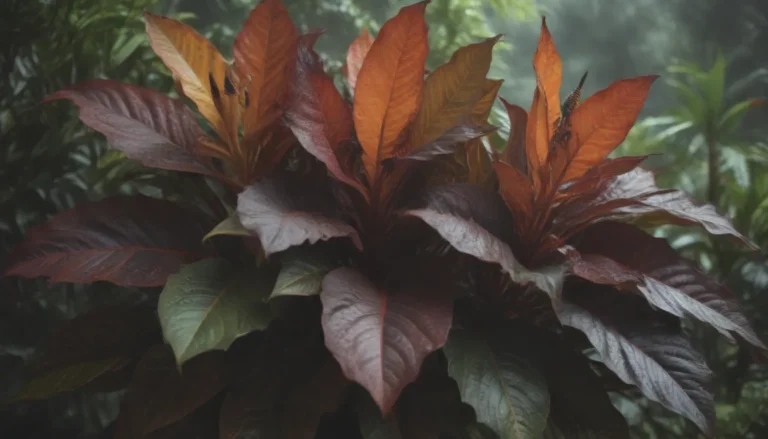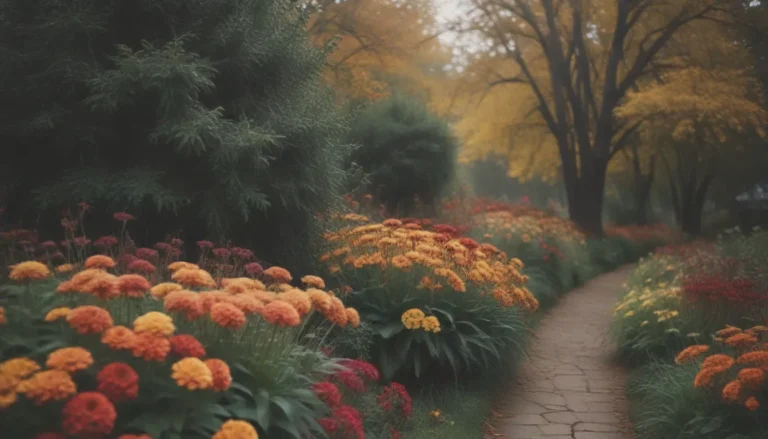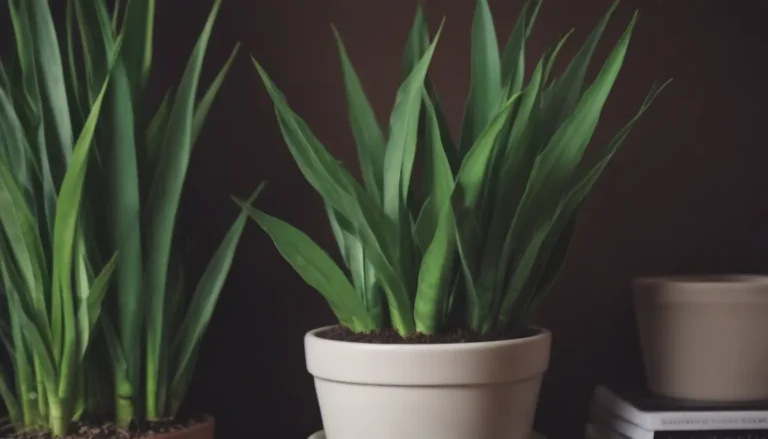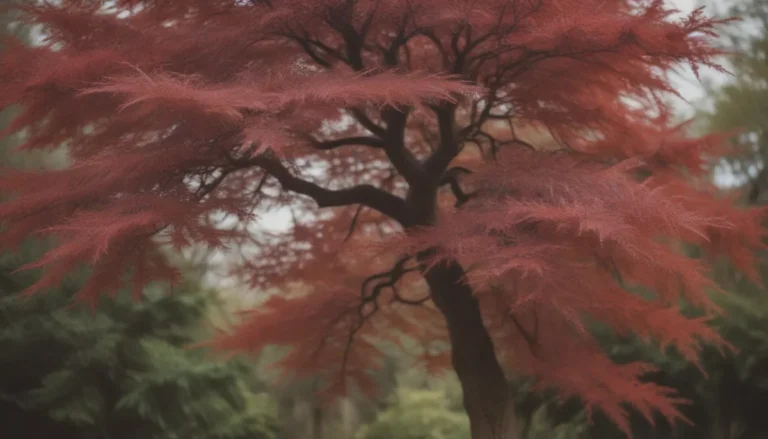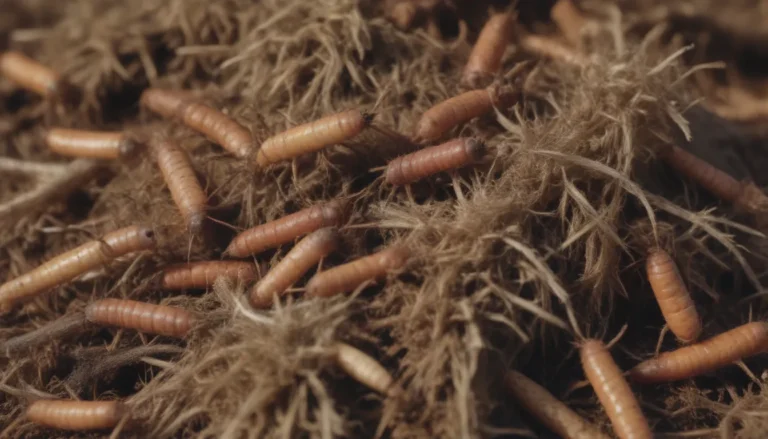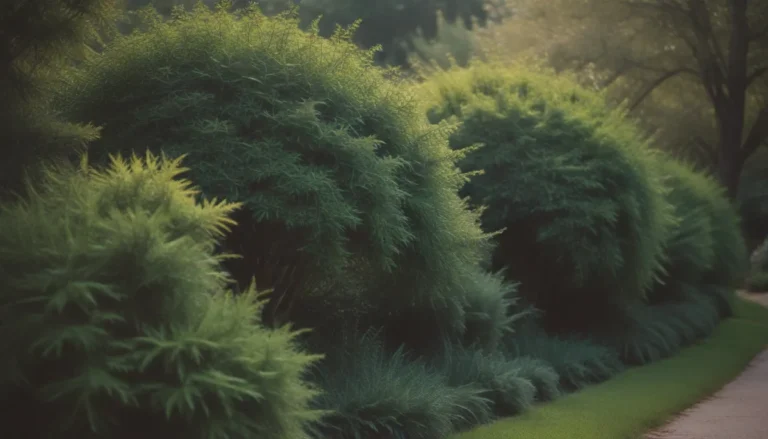How to Make Your Hydrangea Bloom: A Comprehensive Guide
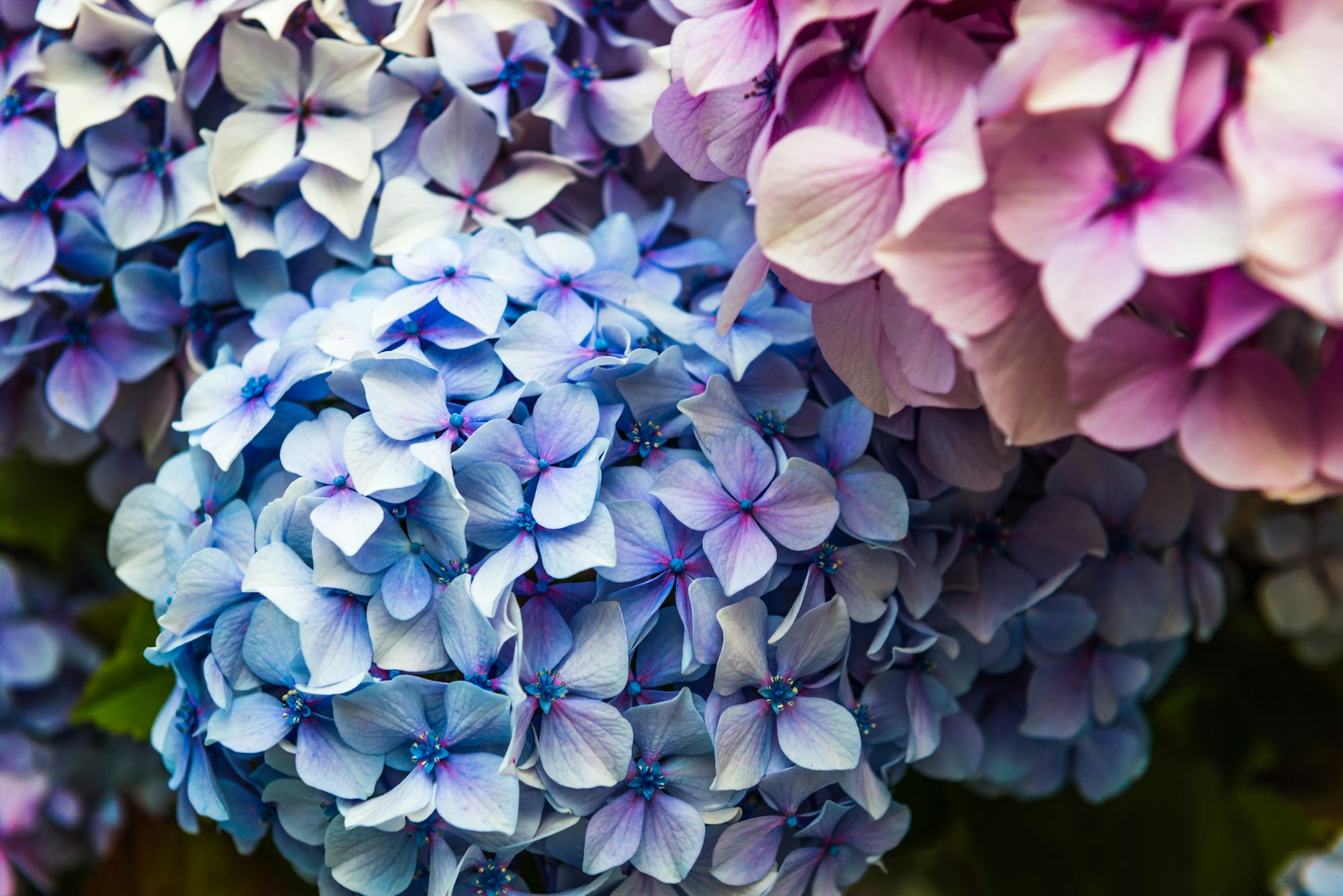
Are you dreaming of a garden bursting with vibrant hydrangea blooms but finding yourself disappointed year after year? You’re not alone! Many gardeners face the challenge of coaxing their hydrangeas into flower. But don’t worry – with the right knowledge and care, you can transform your shy hydrangea into a showstopper. In this guide, we’ll explore everything you need to know to make your hydrangea bloom beautifully.
Understanding Hydrangeas: The Key to Blooming Success
Before we dive into the nitty-gritty of hydrangea care, it’s crucial to understand these fascinating plants. Hydrangeas are more than just pretty faces in the garden – they’re complex organisms with specific needs and behaviors. Let’s start by demystifying some key aspects of hydrangea biology and behavior.
Hydrangea Varieties and Their Blooming Habits
Not all hydrangeas are created equal when it comes to blooming. Different varieties have different blooming cycles and care requirements. Here are some common types you might encounter:
- Bigleaf Hydrangeas (Hydrangea macrophylla): These are the classic blue or pink hydrangeas. They typically bloom on old wood, meaning they form their flower buds in late summer for the following year.
- Panicle Hydrangeas (Hydrangea paniculata): Known for their cone-shaped flowers, these bloom on new wood, producing flowers on the current season’s growth.
- Oakleaf Hydrangeas (Hydrangea quercifolia): With leaves resembling oak trees, these bloom on old wood and are known for their beautiful fall color.
- Smooth Hydrangeas (Hydrangea arborescens): These bloom on new wood and include popular varieties like ‘Annabelle’.
Understanding which type of hydrangea you have is crucial because it affects everything from pruning to winter care.
The Importance of Blooming Cycles
Hydrangeas have specific blooming cycles that can vary based on the type and your local climate. Some bloom early in the summer, while others wait until late summer or even early fall. Knowing your hydrangea’s natural blooming time helps you set realistic expectations and provide the right care at the right time.
Common Reasons Why Hydrangeas Don’t Bloom
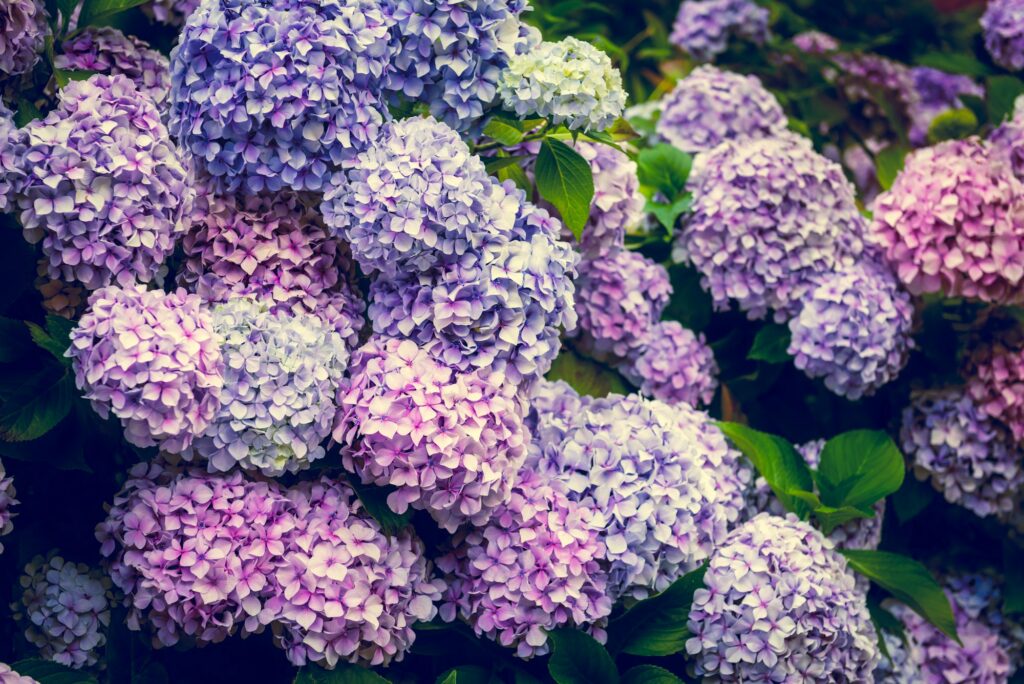
Now that we’ve covered the basics, let’s explore the most common reasons why your hydrangea might be refusing to bloom. By identifying the issue, you’ll be one step closer to solving it.
1. Inappropriate Climate
Hydrangeas are particular about their growing conditions. If your plant isn’t hardy in your climate zone, it may struggle to bloom or even survive. Here’s what you need to know:
- Most hydrangeas thrive in USDA hardiness zones 5-9.
- Some varieties, like panicle hydrangeas, can tolerate colder climates (up to zone 3).
- In very hot climates (zone 10 and above), hydrangeas may struggle without adequate shade and moisture.
Solution: Choose hydrangea varieties that are well-suited to your climate zone. If you’re in a borderline zone, consider planting your hydrangea in a protected area or using winter protection methods.
2. Improper Pruning
One of the most common reasons for lack of blooms is improper pruning. Remember how we talked about old wood and new wood? This is where it becomes crucial. Here’s a quick guide:
- Old wood bloomers (like bigleaf and oakleaf hydrangeas): Prune immediately after flowering. Avoid pruning in late summer, fall, or spring, as you may remove developing flower buds.
- New wood bloomers (like panicle and smooth hydrangeas): Prune in late winter or early spring before new growth begins.
Solution: Identify your hydrangea type and follow the appropriate pruning schedule. When in doubt, it’s better to err on the side of less pruning.
3. Late Spring Frost Damage
Even if you’ve done everything right, Mother Nature can sometimes throw a wrench in your plans. Late spring frosts can damage or kill emerging flower buds, especially on old wood bloomers.
Solution: When frost is predicted, cover your hydrangeas with sheets, burlap, or frost cloths. Remove the covering once temperatures rise. For long-term protection, consider planting your hydrangeas in a sheltered location, such as near a building or under trees.
4. Inadequate Sunlight
Hydrangeas need the right amount of sunlight to produce blooms. Too little light can result in lush foliage but few flowers. Here’s what different hydrangeas prefer:
- Most hydrangeas do best with morning sun and afternoon shade.
- Panicle hydrangeas can tolerate more sun than other varieties.
- In very hot climates, most hydrangeas benefit from protection from intense afternoon sun.
Solution: Observe your garden throughout the day to understand its light patterns. If your hydrangea isn’t getting enough light, consider transplanting it to a sunnier spot. In very sunny areas, you might need to provide some afternoon shade.
5. Improper Fertilization
While fertilizer can be beneficial, using the wrong type or too much can actually hinder blooming. High-nitrogen fertilizers promote leafy growth at the expense of flowers.
Solution: Use a balanced, slow-release fertilizer or one specifically formulated for hydrangeas. Apply in early spring as new growth emerges, and again in mid-summer. Avoid fertilizing late in the growing season, as this can promote new growth that may be damaged by winter cold.
6. Water Stress
Hydrangeas, true to their name, love water. Both too little and too much water can stress the plant and affect blooming.
Solution:
- Water deeply and regularly, especially during dry spells.
- Ensure good drainage to prevent waterlogged roots.
- Apply a 2-3 inch layer of mulch around the base of the plant to retain moisture and regulate soil temperature.
7. Young or Newly Transplanted Hydrangeas
If your hydrangea is young or recently transplanted, it may need time to establish itself before it starts blooming prolifically.
Solution: Be patient! Provide consistent care and give your hydrangea time to settle in. It may take 2-3 years for a young or transplanted hydrangea to bloom to its full potential.
How to Encourage Hydrangea Blooms
Now that we’ve covered the common problems, let’s focus on proactive steps you can take to encourage your hydrangea to bloom beautifully.
1. Provide Optimal Soil Conditions
Hydrangeas prefer rich, well-draining soil with plenty of organic matter. Here’s how to create the perfect soil environment:
- Test your soil pH. Most hydrangeas prefer slightly acidic soil (pH 6.0-6.5), although some are adaptable to a wider range.
- Amend your soil with compost or well-rotted manure to improve fertility and structure.
- If your soil is heavy clay, consider adding some sand or grit to improve drainage.
2. Master the Art of Watering
Proper watering is crucial for healthy hydrangea blooms. Follow these tips:
- Water deeply but less frequently to encourage deep root growth.
- Water at the base of the plant to keep foliage dry and prevent fungal diseases.
- Consider installing a drip irrigation system for consistent moisture.
3. Protect from Extreme Weather
Hydrangeas can be sensitive to extreme weather conditions. Here’s how to protect them:
- In winter: Apply a thick layer of mulch around the base of the plant to protect the roots from freezing.
- In summer: Provide shade during the hottest part of the day, especially in warmer climates.
4. Deadhead Spent Blooms
Removing faded flowers can encourage more blooms on some hydrangea varieties. However, be careful not to remove developing buds on old wood bloomers.
5. Consider Companion Planting
Certain plants can benefit hydrangeas when planted nearby. Consider these companions:
- Hostas: Their broad leaves provide ground cover and help retain soil moisture.
- Ferns: They thrive in similar conditions and add textural contrast.
- Azaleas and Rhododendrons: They have similar soil and light requirements.
Troubleshooting Specific Hydrangea Issues
Even with the best care, you might encounter some specific issues. Here’s how to address them:
Changing Hydrangea Color
For bigleaf hydrangeas, flower color is influenced by soil pH:
- For blue flowers: Aim for a soil pH of 5.2-5.5. Add aluminum sulfate to lower pH.
- For pink flowers: Aim for a soil pH of 6.0-6.2. Add lime to raise pH.
Note that white hydrangeas and most other species can’t change color.
Leggy Growth
If your hydrangea is becoming leggy with sparse foliage:
- Gradually prune back the plant over a few seasons to encourage bushier growth.
- Ensure it’s getting enough light – leggy growth can be a sign of insufficient sunlight.
Yellowing Leaves
Yellowing leaves can indicate several issues:
- Nutrient deficiency: Apply a balanced, slow-release fertilizer.
- Overwatering: Improve drainage and reduce watering frequency.
- Pest infestation: Check for signs of pests and treat accordingly.
Conclusion: Patience and Persistence Pay Off
Remember, creating the perfect environment for your hydrangea to bloom is a process that requires patience and persistence. By understanding your plant’s specific needs and providing consistent care, you’ll be rewarded with stunning blooms that transform your garden.
Don’t be discouraged if you don’t see immediate results – sometimes it takes a full growing season or two for changes to take effect. Keep observing your plant, adjusting your care routine as needed, and learning from your experiences.
With the tips and tricks in this guide, you’re well on your way to becoming a hydrangea expert. Soon, you’ll be enjoying a garden full of beautiful, bountiful hydrangea blooms that are the envy of the neighborhood. Happy gardening!
